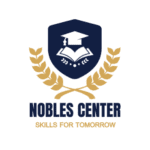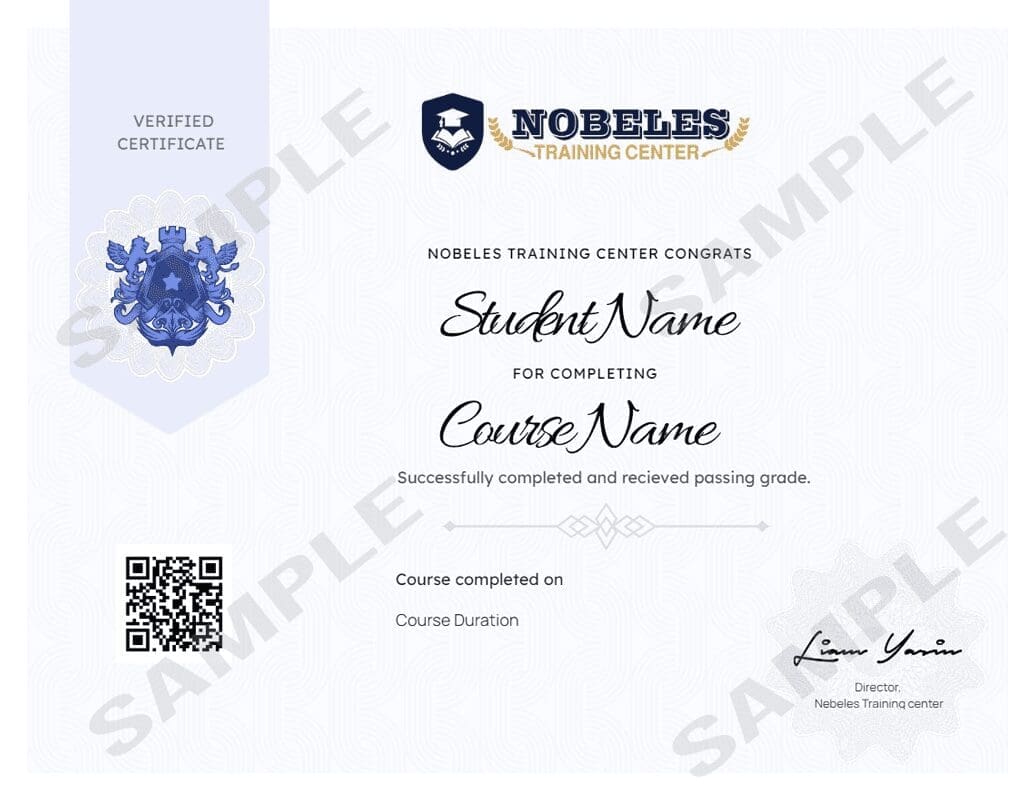Description
Curriculum
Instructor
Welcome to the Public Speaking workshop. According to a survey by the Sunday Times of London, 41% of people list public speaking as their biggest fear. Forget small spaces, darkness, and spiders – standing up in front of a crowd and talking is far more terrifying for most people.
However, mastering this fear and getting comfortable speaking in public can be a great ego booster, not to mention a huge benefit to your career. This workshop will give you some valuable public speaking skills, including in-depth information on developing an engaging program and delivering your presentation with power.
Please enter your name and email to view the content:
Curriculum
- 11 Sections
- 11 Lessons
- 12 Hours
Expand all sectionsCollapse all sections
- Identifying Your AudienceIdentifying your audience is crucial in public speaking. It helps tailor your message, ensures relevance, and enhances engagement by addressing the audience's interests, needs, and knowledge level effectively.1
- Creating a Basic OutlineCreating a basic outline organizes your speech effectively. It structures main ideas, supporting points, and transitions, ensuring clarity and coherence, which helps maintain audience attention and enhances overall delivery.1
- Organizing the ProgramOrganizing the program involves planning the sequence of topics, scheduling speakers, and managing time. A well-structured program enhances flow, engages the audience, and ensures smooth transitions between segments.1
- Fleshing It OutFleshing it out involves expanding your outline into detailed content. Add anecdotes, examples, and data to support key points, ensuring depth and clarity, which enriches your presentation and engages the audience.1
- Putting It All TogetherPutting it all together means integrating your detailed content into a cohesive speech. Practice delivery, refine transitions, and ensure smooth flow, enhancing confidence and engagement for a compelling presentation.1
- Being PreparedBeing prepared involves thorough research, practicing your speech, and anticipating questions. This readiness boosts confidence, reduces anxiety, and allows for a more polished, engaging presentation that resonates with your audience.1
- Overcoming NervousnessOvercoming nervousness requires techniques like deep breathing, visualization, and positive self-talk. Familiarity with your material and practicing in front of others can also boost confidence, leading to a more relaxed presentation.1
- Delivering Your Speech (I)Delivering your speech involves confident body language, clear articulation, and effective eye contact. Engage the audience with enthusiasm and adapt to their reactions, ensuring a memorable and impactful presentation experience.1
- Delivering Your Speech (II)Delivering your speech (II) focuses on managing pacing, using pauses effectively, and varying vocal tone. Incorporating visuals or props can enhance understanding and retention, creating a dynamic and engaging presentation.1
- Questions and AnswersThe Questions and Answers segment allows audience interaction, clarifying points and addressing concerns. Prepare by anticipating questions and practicing concise, informative responses, fostering engagement and demonstrating expertise in your topic.1
- Post-TestPost-Test1
Nobles Center

5 Students146 Courses
Review
$275.00
0 student
11 lessons
Language: English
0 quiz
Assessments: Yes
Skill level All levels
Nobles Certificate
At the end of the course, you can download a copy of your certified certificate.
Nobeles Academy
Mobile Application
Download the Nobeles center mobile app from the app app store, click the button below


